The Ultimate Watermelon Companion Planting Chart
The Ultimate Watermelon Companion Planting Chart
Watermelons are a delicious and refreshing summer fruit, but they can be tricky to grow. One way to make sure your watermelons thrive is to plant them with companion plants. Companion planting is the practice of planting different types of plants together that benefit each other.
There are many different companion plants that can be beneficial for watermelons. Some of the best include:
- Alliums: Alliums, such as garlic, onions, and chives, help to repel pests and diseases. They also help to improve the soil's drainage and aeration.
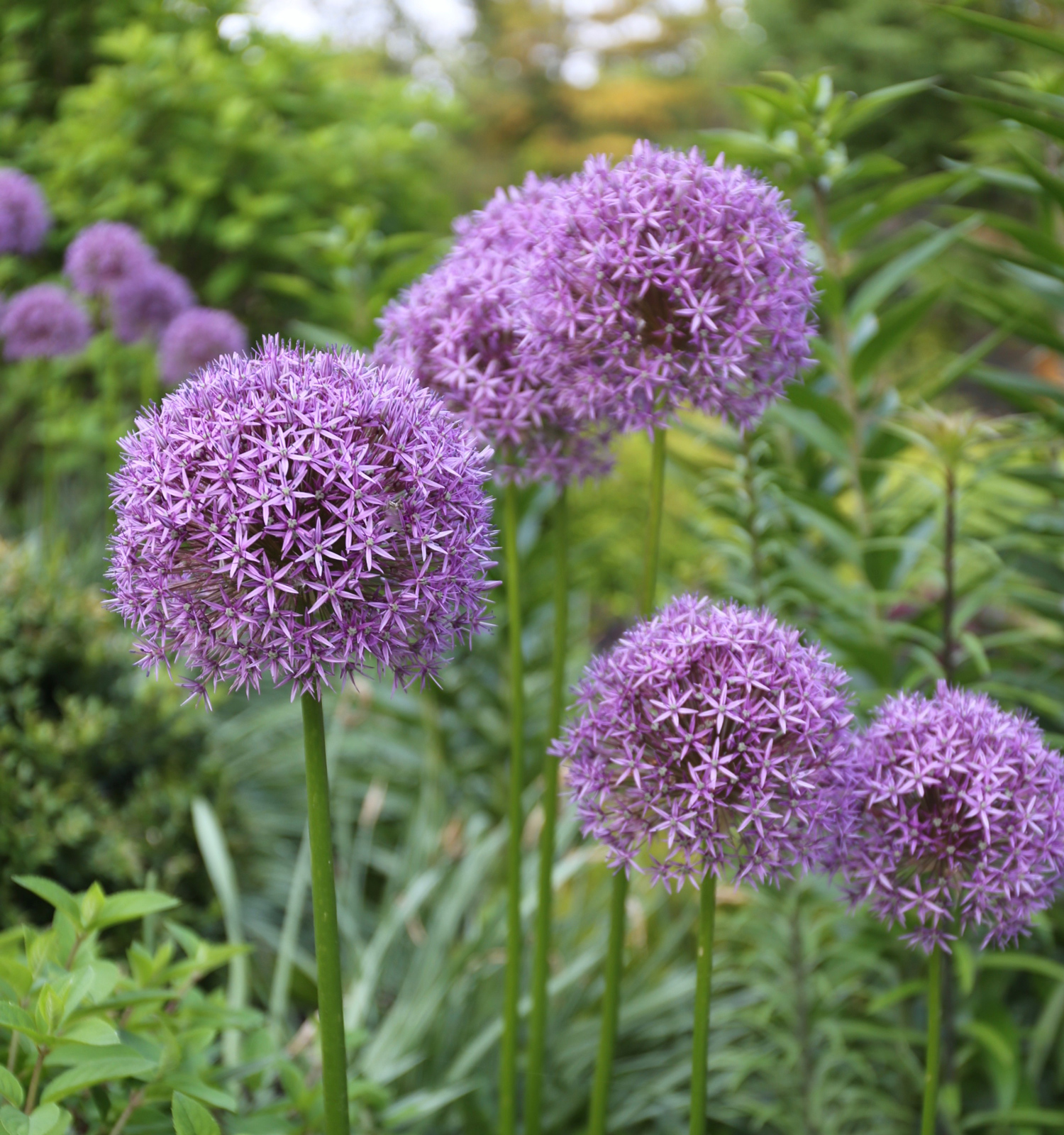
- Basil: Basil is a great companion plant for watermelons because it helps to attract pollinators. Pollinators are essential for the pollination of watermelons, so having basil nearby will help to ensure that your watermelons set fruit.

- Bush beans: Bush beans are nitrogen-fixing plants, which means they add nitrogen to the soil. Nitrogen is an essential nutrient for watermelons, so planting bush beans nearby will help to provide your watermelons with the nutrients they need to grow healthy.
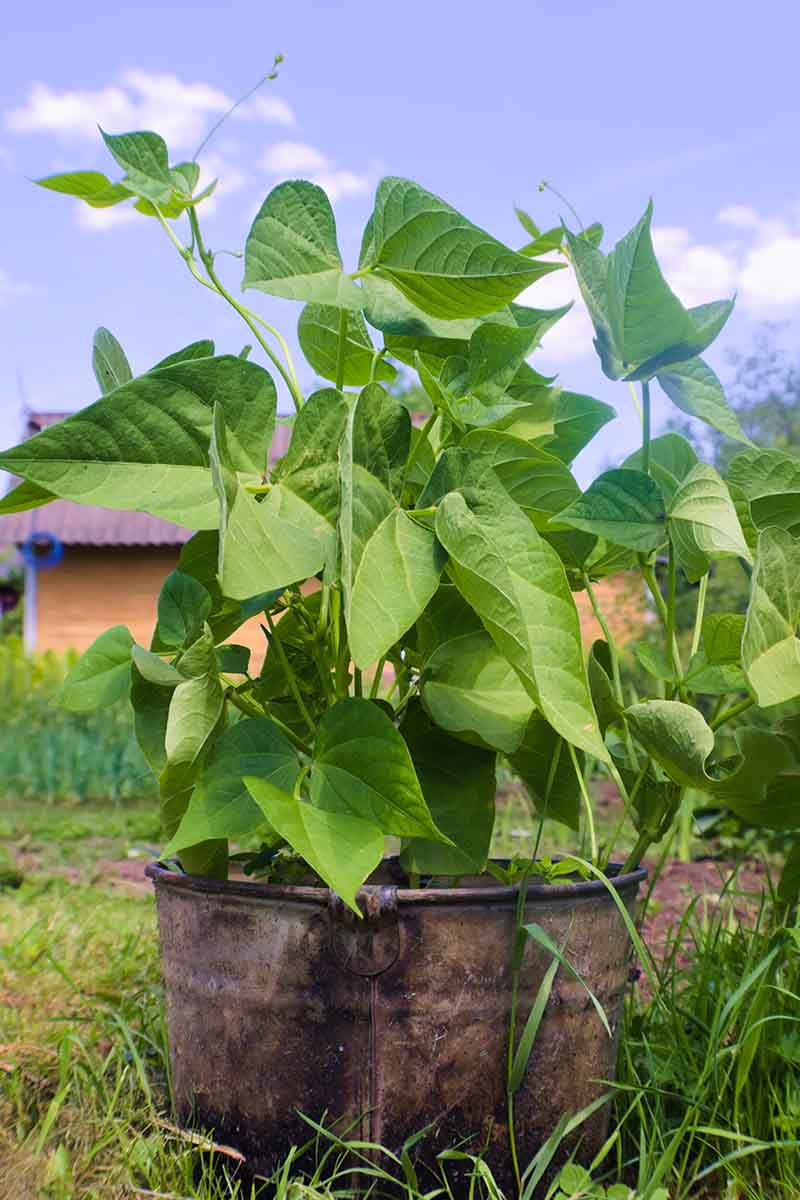
- Flowers: Flowers attract pollinators, which are essential for the pollination of watermelons. Some of the best flowers to plant near watermelons include marigolds, nasturtiums, and sunflowers.

- Lettuce: Lettuce is a good companion plant for watermelons because it helps to suppress weeds. Lettuce grows quickly and will help to shade the soil, which will prevent weeds from growing.
- Marigolds: Marigolds help to repel pests, such as nematodes and aphids. They also help to improve the soil's drainage.
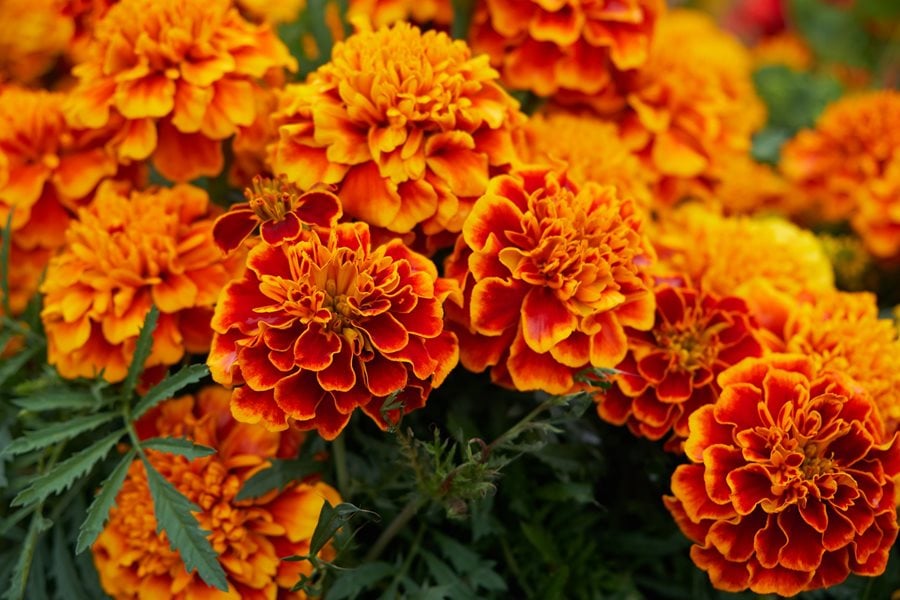
- Nasturtiums: Nasturtiums help to attract pollinators and repel pests. They also help to improve the soil's drainage.
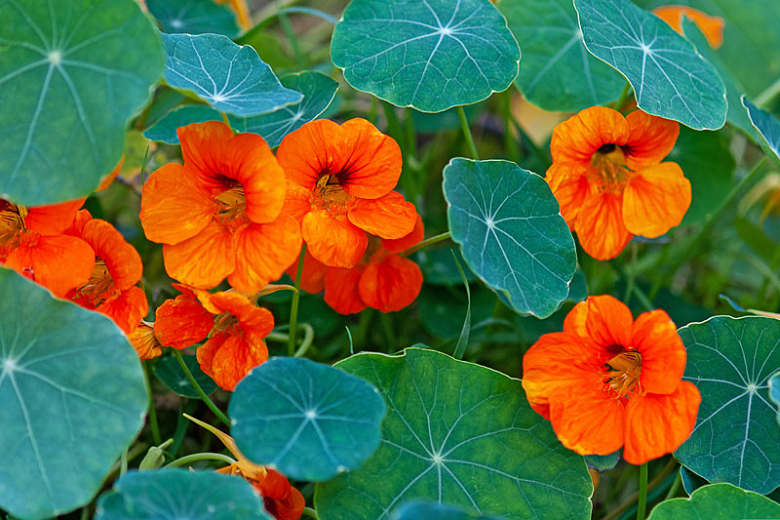
- Radishes: Radishes are a good companion plant for watermelons because they help to break up the soil and improve drainage. They also help to deter pests.
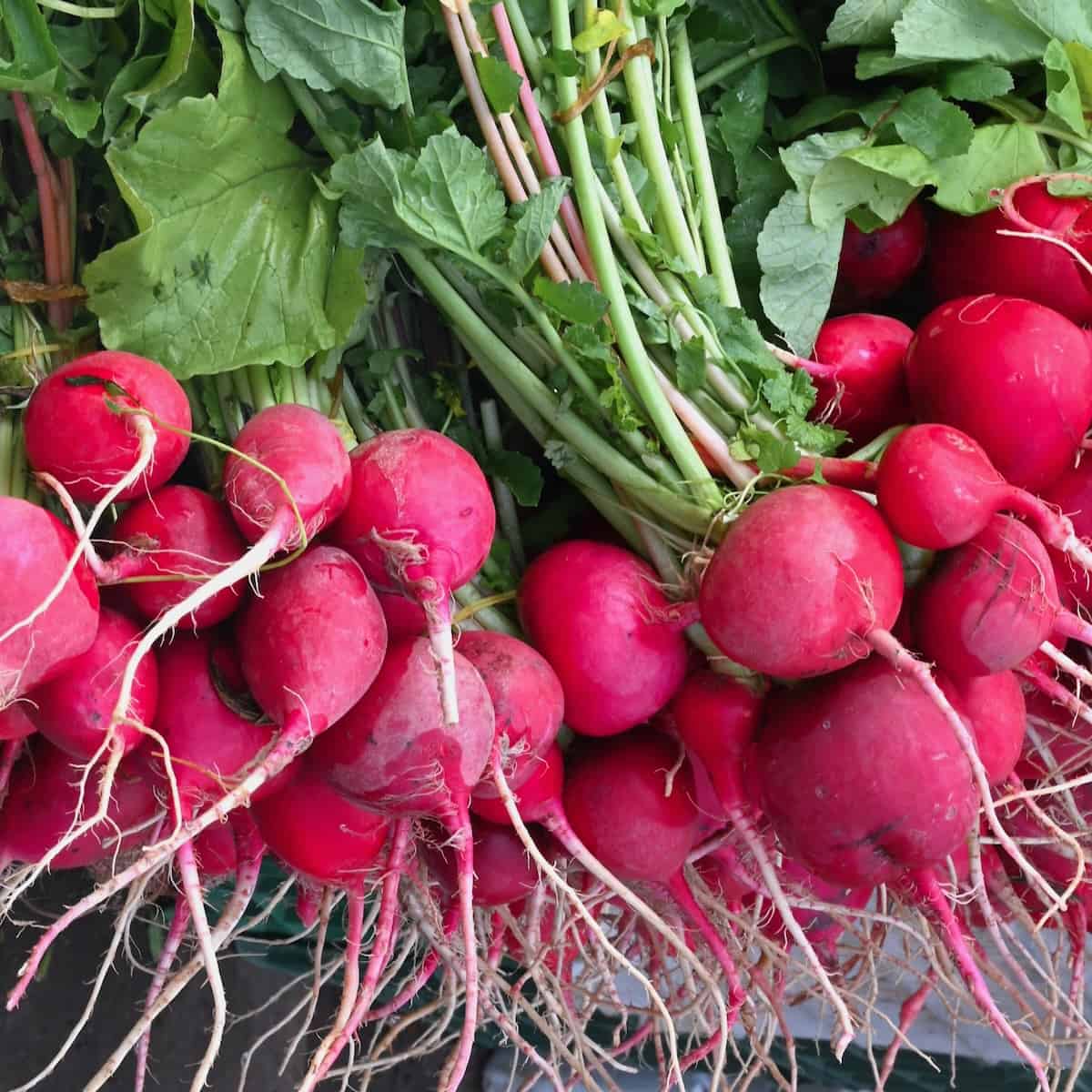
In addition to the plants listed above, there are many other companion plants that can be beneficial for watermelons. Some other good options include:
- Borage: Borage helps to attract pollinators and repel pests. It also helps to improve the soil's nitrogen content.
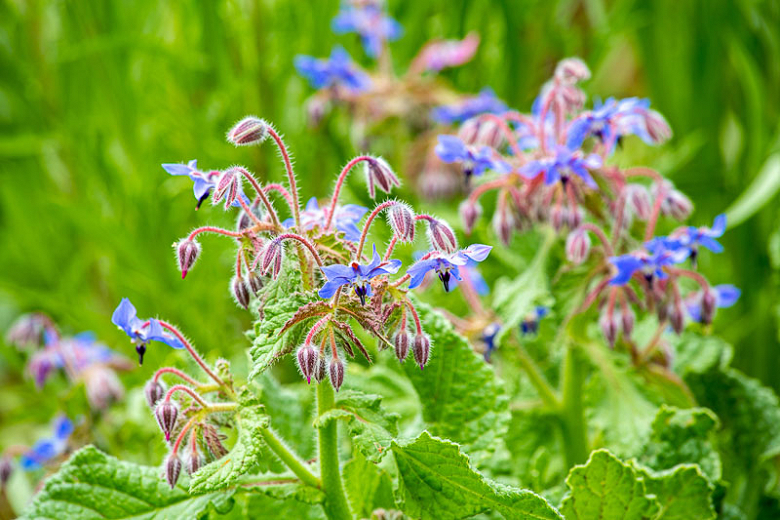
- Cilantro: Cilantro helps to repel pests and diseases. It also helps to improve the soil's drainage.
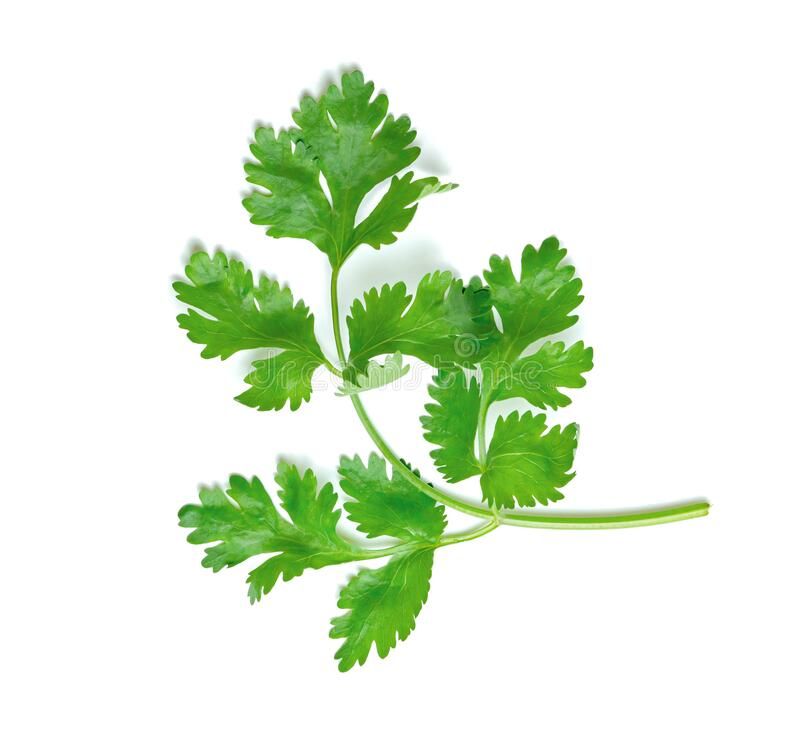
- Dill: Dill helps to attract pollinators and repel pests. It also helps to improve the soil's aeration.

- Mint: Mint helps to repel pests and diseases. It also helps to improve the soil's drainage.
- Spinach: Spinach helps to suppress weeds and improve the soil's drainage. It also helps to deter pests.

There are also a few plants that should not be planted near watermelons. These include:
- Cucumbers: Cucumbers and watermelons are both members of the Cucurbitaceae family, and they can compete for resources.
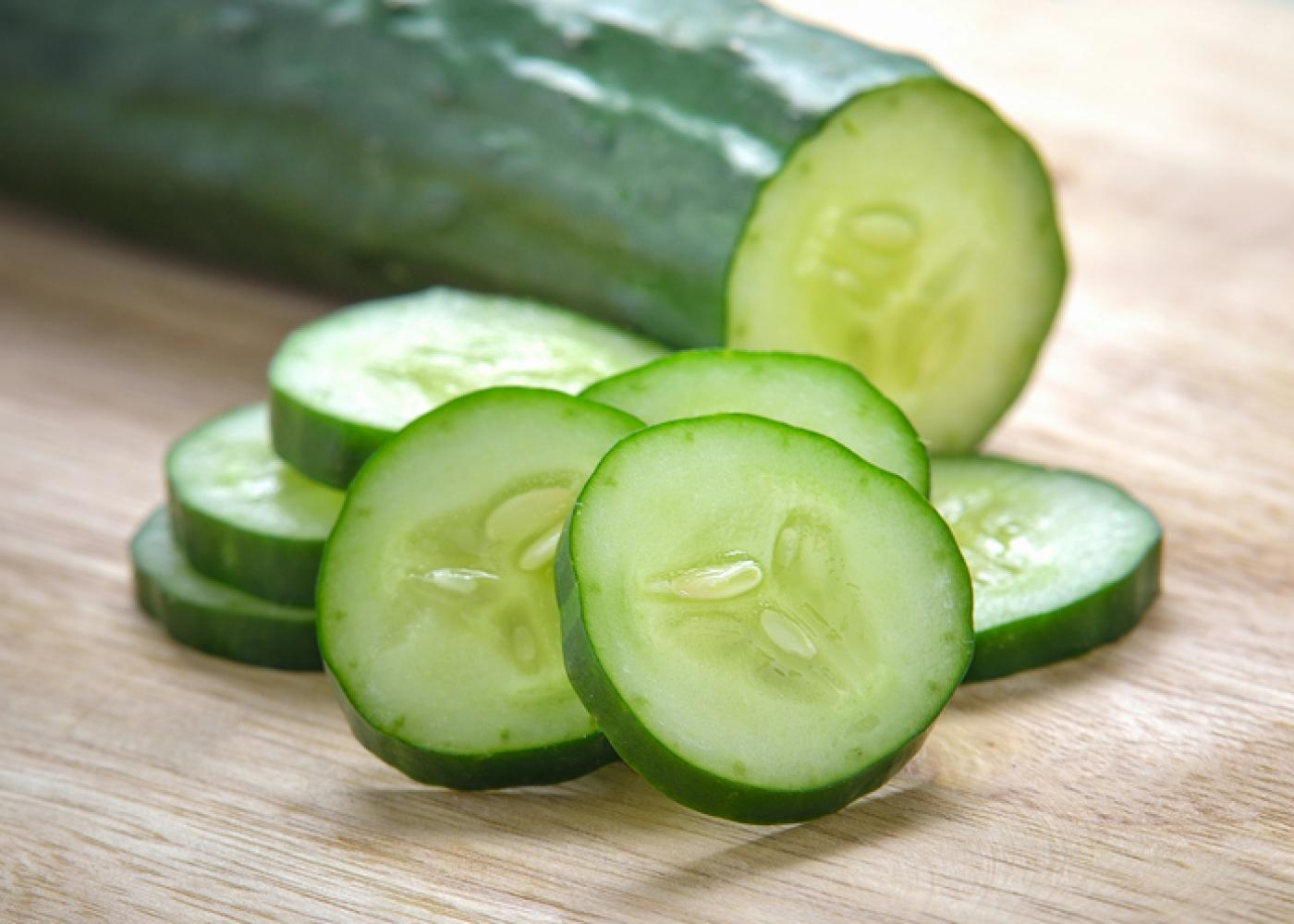
- Squash: Squash and watermelons are both members of the Cucurbitaceae family, and they can compete for resources.

- Potatoes: Potatoes and watermelons can attract the same pests.
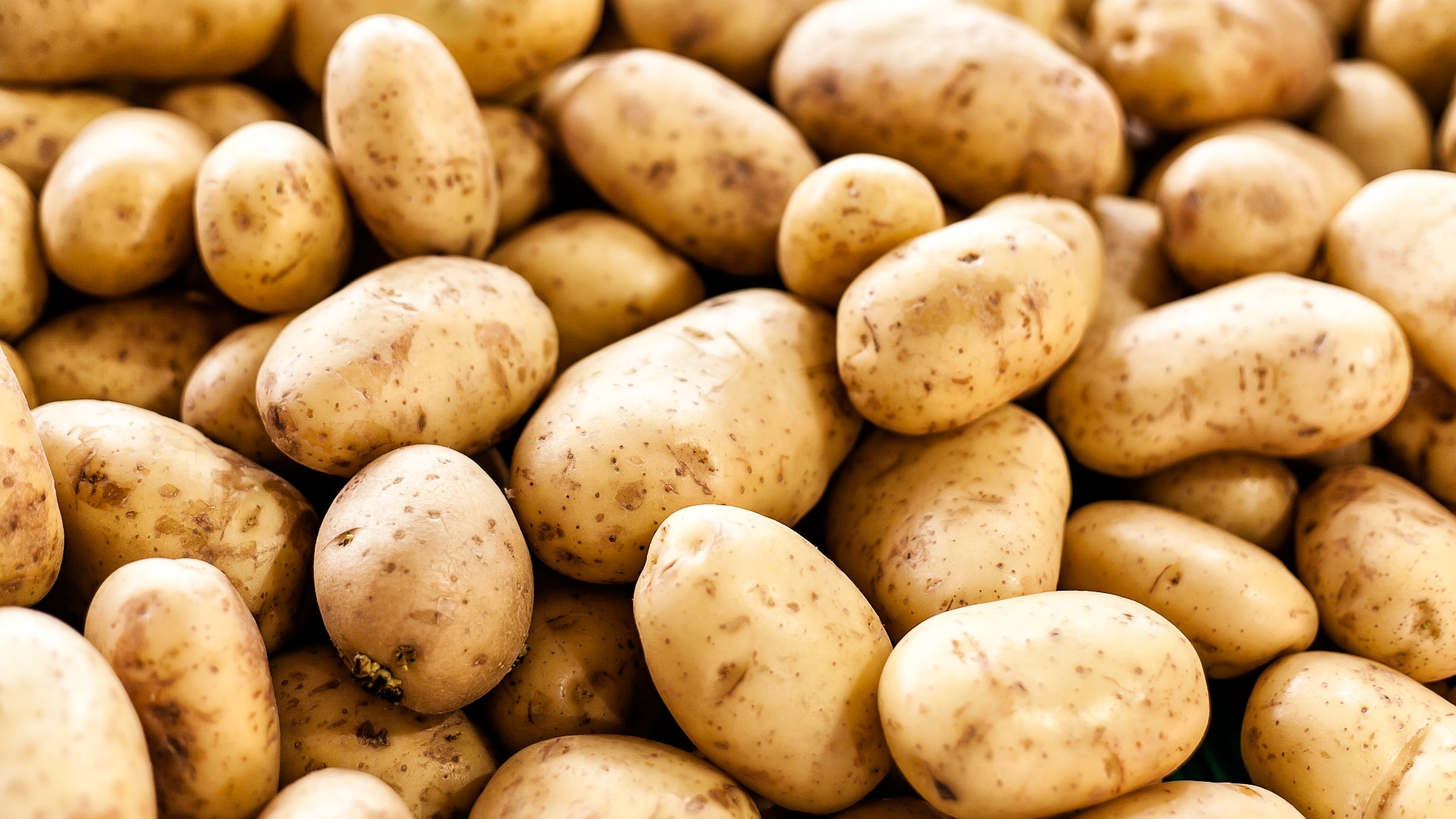
Watermelons are a delicious and refreshing summer treat, but they can be tricky to grow. One way to improve your chances of success is to practice companion planting. Companion planting is the practice of planting certain plants together to benefit each other. For example, some plants can attract pollinators, while others can repel pests.
If you're looking for a watermelon companion planting chart, I recommend visiting Garden Wiki. This website has a comprehensive chart that lists the best and worst plants to grow near watermelons. You'll also find information about the benefits of companion planting, as well as tips for planting and caring for watermelons.
I hope this helps!
FAQ of watermelon companion planting chart
Q: What are the benefits of companion planting watermelons?
A: Companion planting is the practice of planting certain plants together with watermelons to enhance their growth and improve their yield. Companion plants can help improve soil quality, cycle nutrients, deter pests, and attract beneficial insects. Using companion plants in your garden can help to improve yields, and reduce the need for pesticides and fertilizers.
Some of the benefits of companion planting watermelons include:
- Attracting beneficial insects: Some companion plants, such as marigolds and nasturtiums, attract beneficial insects like ladybugs and bees that help to control pests.
- Reducing pest infestation: Other companion plants, such as garlic and radishes, can help to repel pests such as cucumber beetles and nematodes.
- Improving soil health: Nitrogen-fixing plants like beans and peas can help to improve soil health by adding nitrogen to the soil.
- Conserving moisture: Some companion plants, such as lettuce and spinach, can help to conserve moisture by shading the soil.
- Creating a more diverse ecosystem: Companion planting can help to create a more diverse ecosystem in your garden, which can be beneficial for both plants and wildlife.
Q: What are some good companion plants for watermelons?
A: Some good companion plants for watermelons include:
- Herbs: Basil, mint, oregano, thyme, and rosemary can all help to attract beneficial insects and improve soil health.
- Lettuce: Lettuce can help to conserve moisture and shade the soil.
- Marigolds: Marigolds are a great companion plant for watermelons because they help to repel pests.
- Nasturtiums: Nasturtiums are another good companion plant for watermelons because they help to repel pests and attract beneficial insects.
- Radishes: Radishes are a nitrogen-fixing plant that can help to improve soil health.
Q: What are some plants that should not be planted near watermelons?
A: Some plants that should not be planted near watermelons include:
- Cucumbers: Cucumbers and watermelons are both members of the Cucurbitaceae family, and they can cross-pollinate, which can lead to poor-tasting watermelons.
- Squash: Squash and watermelons are also both members of the Cucurbitaceae family, and they can compete for resources, such as water and nutrients.
- Potatoes: Potatoes can attract the same pests as watermelons, such as cucumber beetles and nematodes.
Q: What are the best conditions for growing watermelons?
A: Watermelons need full sun and well-drained soil that is rich in organic matter. The ideal temperature range for growing watermelons is between 65°F and 95°F. Watermelons require a constant supply of moisture during the growing season.
Q: How do I create a watermelon companion planting chart?
A: To create a watermelon companion planting chart, you can start by listing all of the plants that you plan to grow in your garden. Then, you can research which plants are compatible with each other. You can find this information online or in gardening books. Once you have a list of compatible plants, you can create a chart that shows which plants should be planted together.
Image of watermelon companion planting chart
- Image 1: This image shows a simple companion planting chart for watermelons. It lists the best plants to grow near watermelons, as well as the plants to avoid.

- Image 2: This image is a more detailed companion planting chart for watermelons. It lists the benefits of each plant that is compatible with watermelons, as well as the pests and diseases that they can help to repel.

- Image 3: This image is a companion planting wheel for watermelons. It shows the different plants that can be grown together, as well as the ones that should be avoided.

- Image 4: This image is a poster-sized companion planting chart for watermelons. It is a great way to reference the information when you are planning your garden.

- Image 5: This image is a diagram of a watermelon companion planting bed. It shows how the different plants can be arranged to create a productive and pest-resistant garden.


Post a Comment for "The Ultimate Watermelon Companion Planting Chart"